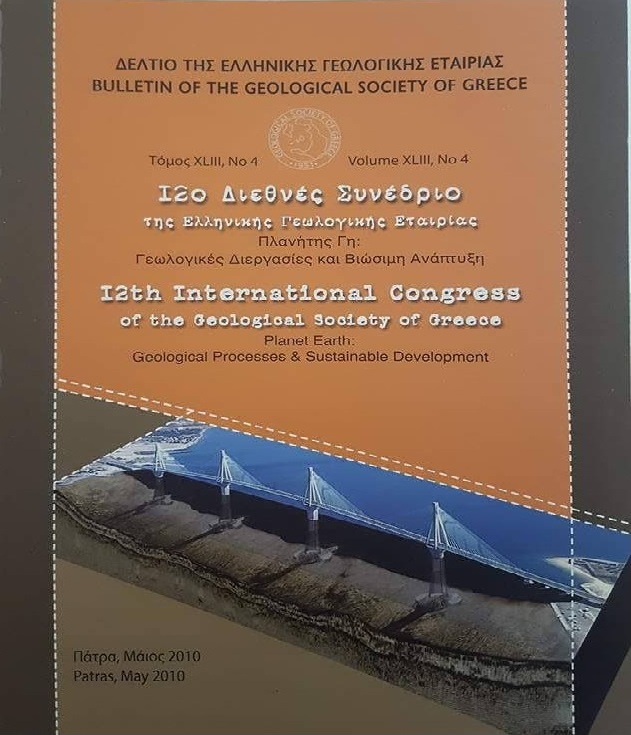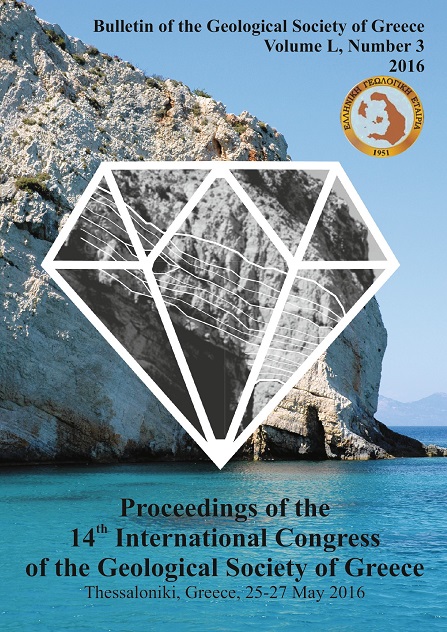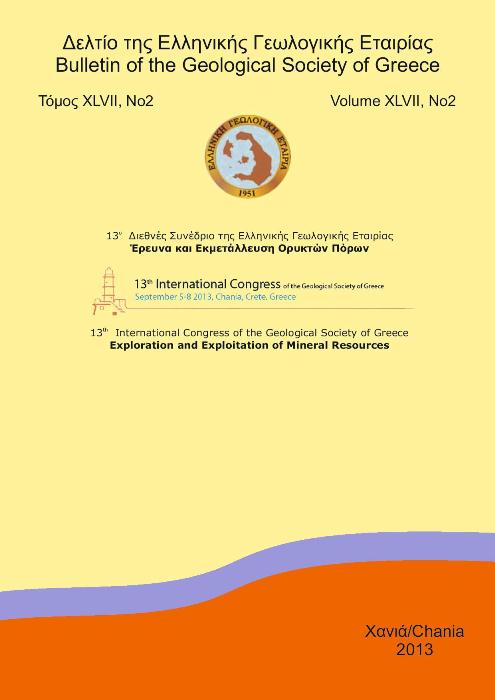IMPLEMENTATION OF A NON-SPLITTING FORMULATION OF PERFECTLY MATCHED LAYER IN A 3D – 4TH ORDER STAGGERED-GRID VELOCITY-STRESS FINITE-DIFFERENCE SCHEME
Περίληψη
Λεπτομέρειες άρθρου
- Πώς να δημιουργήσετε Αναφορές
-
Skarlatoudis, A., & Papazachos, C. (2010). IMPLEMENTATION OF A NON-SPLITTING FORMULATION OF PERFECTLY MATCHED LAYER IN A 3D – 4TH ORDER STAGGERED-GRID VELOCITY-STRESS FINITE-DIFFERENCE SCHEME. Δελτίο της Ελληνικής Γεωλογικής Εταιρείας, 43(4), 1930–1940. https://doi.org/10.12681/bgsg.11384
- Ενότητα
- Γεωφυσική

Αυτή η εργασία είναι αδειοδοτημένη υπό το CC Αναφορά Δημιουργού – Μη Εμπορική Χρήση 4.0.
Οι συγγραφείς θα πρέπει να είναι σύμφωνοι με τα παρακάτω: Οι συγγραφείς των άρθρων που δημοσιεύονται στο περιοδικό διατηρούν τα δικαιώματα πνευματικής ιδιοκτησίας επί των άρθρων τους, δίνοντας στο περιοδικό το δικαίωμα της πρώτης δημοσίευσης. Άρθρα που δημοσιεύονται στο περιοδικό διατίθενται με άδεια Creative Commons 4.0 Non Commercial και σύμφωνα με την οποία μπορούν να χρησιμοποιούνται ελεύθερα, με αναφορά στο/στη συγγραφέα και στην πρώτη δημοσίευση για μη κερδοσκοπικούς σκοπούς. Οι συγγραφείς μπορούν να: Μοιραστούν — αντιγράψουν και αναδιανέμουν το υλικό με κάθε μέσο και τρόπο, Προσαρμόσουν — αναμείξουν, τροποποιήσουν και δημιουργήσουν πάνω στο υλικό.






